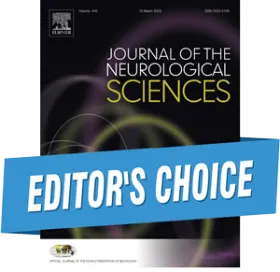A systematic review: Brain age gap as a promising early diagnostic biomarker for Alzheimer's disease
22 Jul 2025

Authors: Liu S, Xu L, Xu G, Wang Y, Zhang G, He L.
Editor's Choice
Journal of the Neurological Sciences. REVIEW ARTICLE| Volume 475, 123563 August 15, 2025
DOI: https://doi.org/10.1016/j.jns.2025.123563
Alzheimer's disease (AD) is a growing neurodegenerative condition with no current cure. Detecting it early is key to managing its progression. While healthy brains age gradually, those affected by AD follow a different pattern. Thanks to deep learning, subtle brain changes can now be spotted using neuroimaging.
By training brain age prediction models on healthy individuals, researchers can estimate a person's "brain age" and compare it to their real age. The difference—called the Brain Age Gap (BAG)—may act as an early warning sign of AD.
This review explores how AI, especially deep learning, is being used for brain age prediction. It looks at current models, data sources, and technical challenges like site bias, limited data, and hardware demands. It also highlights the need for better accuracy and clinical relevance. The paper ends with recommendations for improving the reliability of BAG as a tool for early AD diagnosis.
Web design by Tribal Systems








